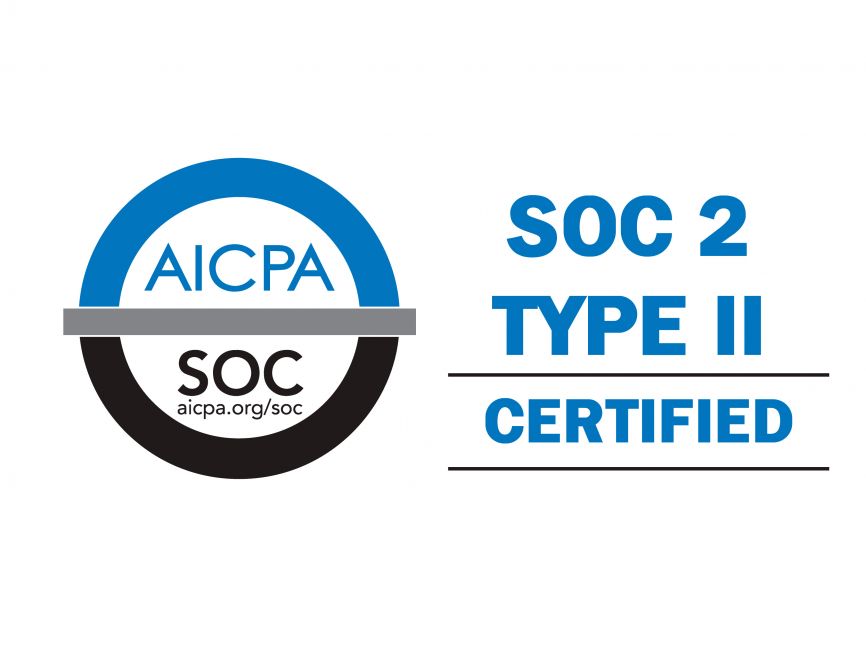Medicare, the federal health insurance program in the United States, is crucial in providing health coverage for individuals aged 65 and older and certain younger individuals with disabilities. While Medicare offers substantial benefits, individuals need to understand the associated costs to make informed decisions about their healthcare coverage.
Part A: Hospital Insurance
Medicare Part A, often called hospital insurance, covers inpatient hospital stays, skilled nursing facility care, hospice care, and home health care services. Part A has no monthly premium for most individuals if they or their spouse have paid Medicare taxes while working. However, there are potential out-of-pocket costs, such as deductibles and coinsurance.
Part B: Medical Insurance
Medicare Part B covers outpatient care, doctor visits, preventive services, and some home health care. Unlike Part A, Part B typically requires a monthly premium, which is income-dependent. Individuals with higher incomes may pay a higher premium. In addition to the premium, there is an annual deductible and coinsurance for covered services.
Part C: Medicare Advantage Plans
Medicare Advantage Plans, or Part C, are private health plans that offer coverage through contracted Medicare providers. While some Advantage Plans have low or zero premiums, others may require an additional premium on top of the standard Part B premium. It’s essential to carefully review Medicare Advantage Plans’ costs and coverage options, as they vary widely.
Part D: Prescription Drug Coverage
Medicare Part D provides prescription drug coverage through private insurance plans. These plans come with monthly premiums, annual deductibles, and copayments or medication coinsurance. The cost of Part D plans varies based on the specific plan chosen and the medications an individual needs. It’s crucial to review the formulary, or list of covered drugs, to ensure that necessary medications are included.
Supplemental Insurance (Medigap)
Many individuals opt for supplemental insurance, or Medigap, to help cover costs that Original Medicare (Part A and Part B) doesn’t pay for, such as deductibles, copayments, and coinsurance. Medigap policies come with their premiums, which vary depending on the level of coverage selected. It’s important to note that Medigap policies only work with Original Medicare, not Medicare Advantage Plans.
Income-Related Monthly Adjustment Amount (IRMAA)
For higher-income individuals, Medicare may impose an Income-Related Monthly Adjustment Amount (IRMAA) on top of the standard premiums for Part B and Part D. IRMAA is calculated based on modified adjusted gross income, and those who fall into higher income brackets will pay higher premiums.
While Medicare provides essential health coverage for eligible individuals, understanding the associated costs is crucial for effective financial planning. From premiums and deductibles to copayments and coinsurance, each component contributes to the overall expense of healthcare. Individuals approaching Medicare eligibility should carefully evaluate their healthcare needs and financial circumstances to make informed decisions about the coverage options that best suit their requirements and budget. By navigating the costs of Medicare wisely, individuals can ensure comprehensive healthcare coverage without compromising their financial well-being.
Our Medicare experts are available to help you:
Monday through Friday from 8:00 a.m. to 5:00 p.m.
Extended hours during open enrollment (November 1, 2023 – January 15, 2024):
Saturdays from 8:00 a.m. – 5:00 pm Eastern Time
Medicare Disclaimer: We do not offer every plan available in your area. Any information we provide is limited to our plans in your area. Please contact Medicare.gov or 1-800-MEDICARE to get information on all of your options.
American Exchange is a licensed health insurance broker. Robert Huffaker, NPN 13568432
Photo courtesy of iStock

